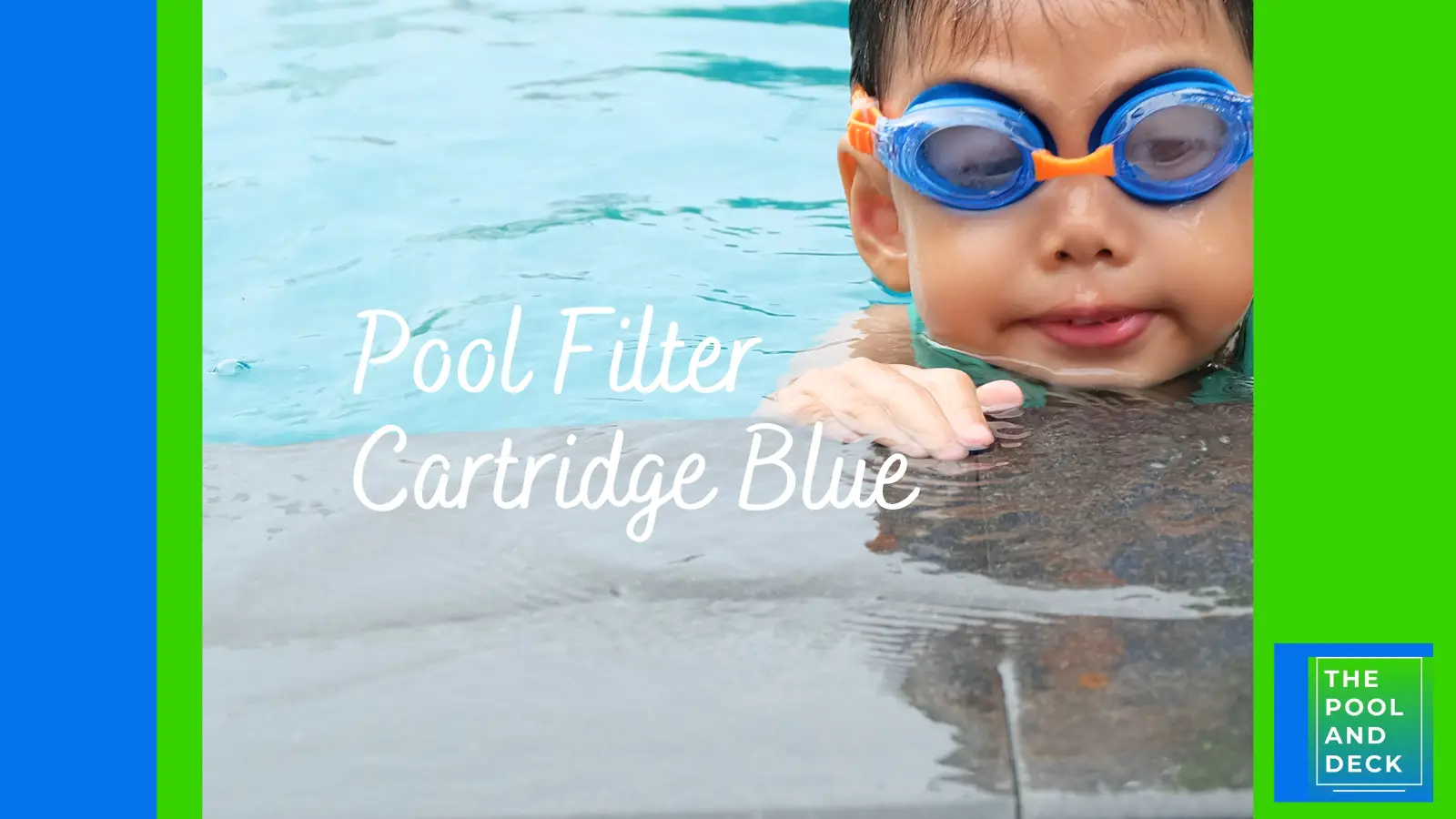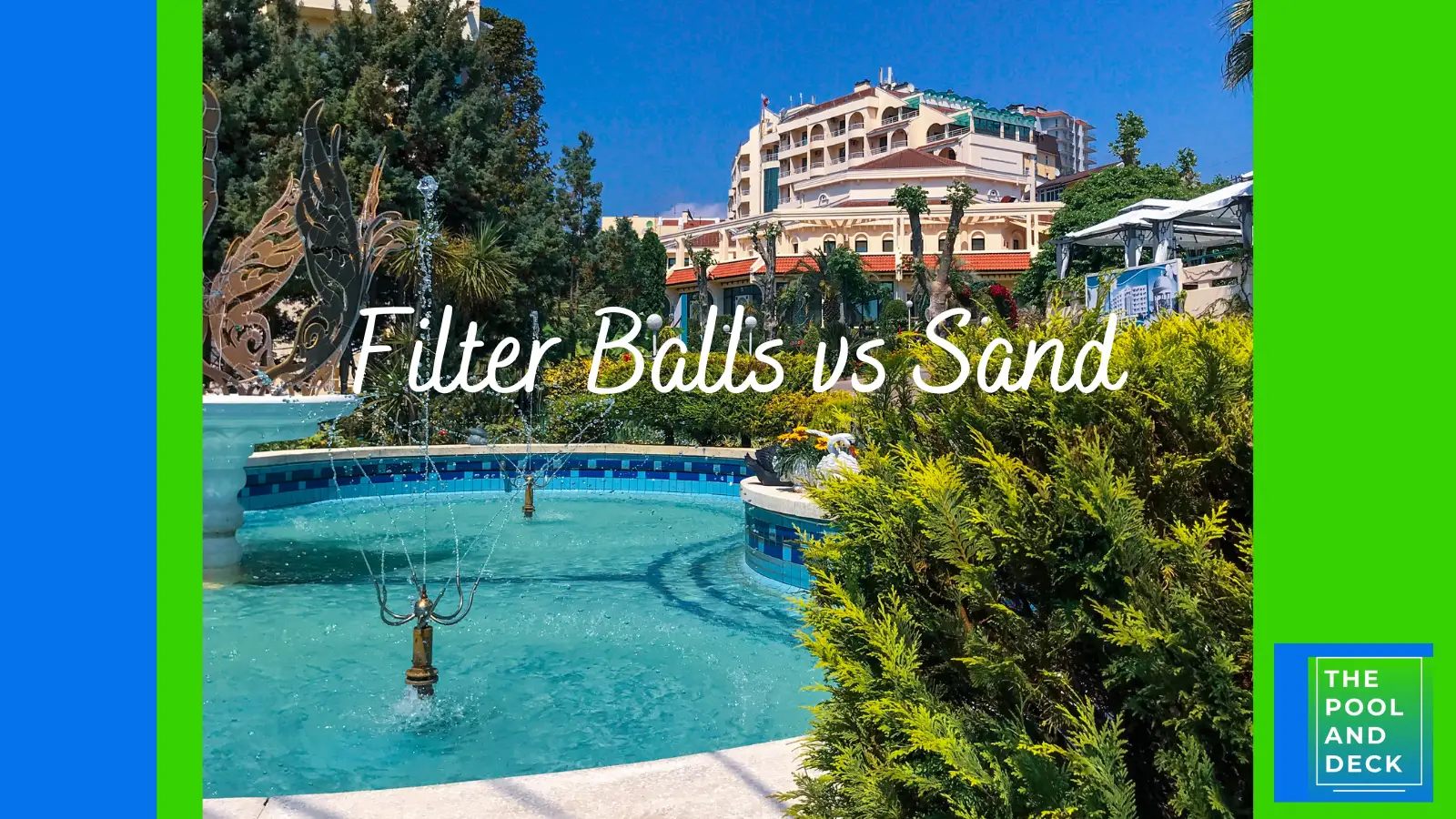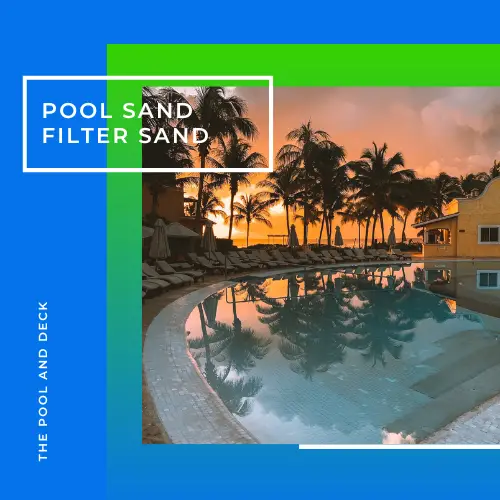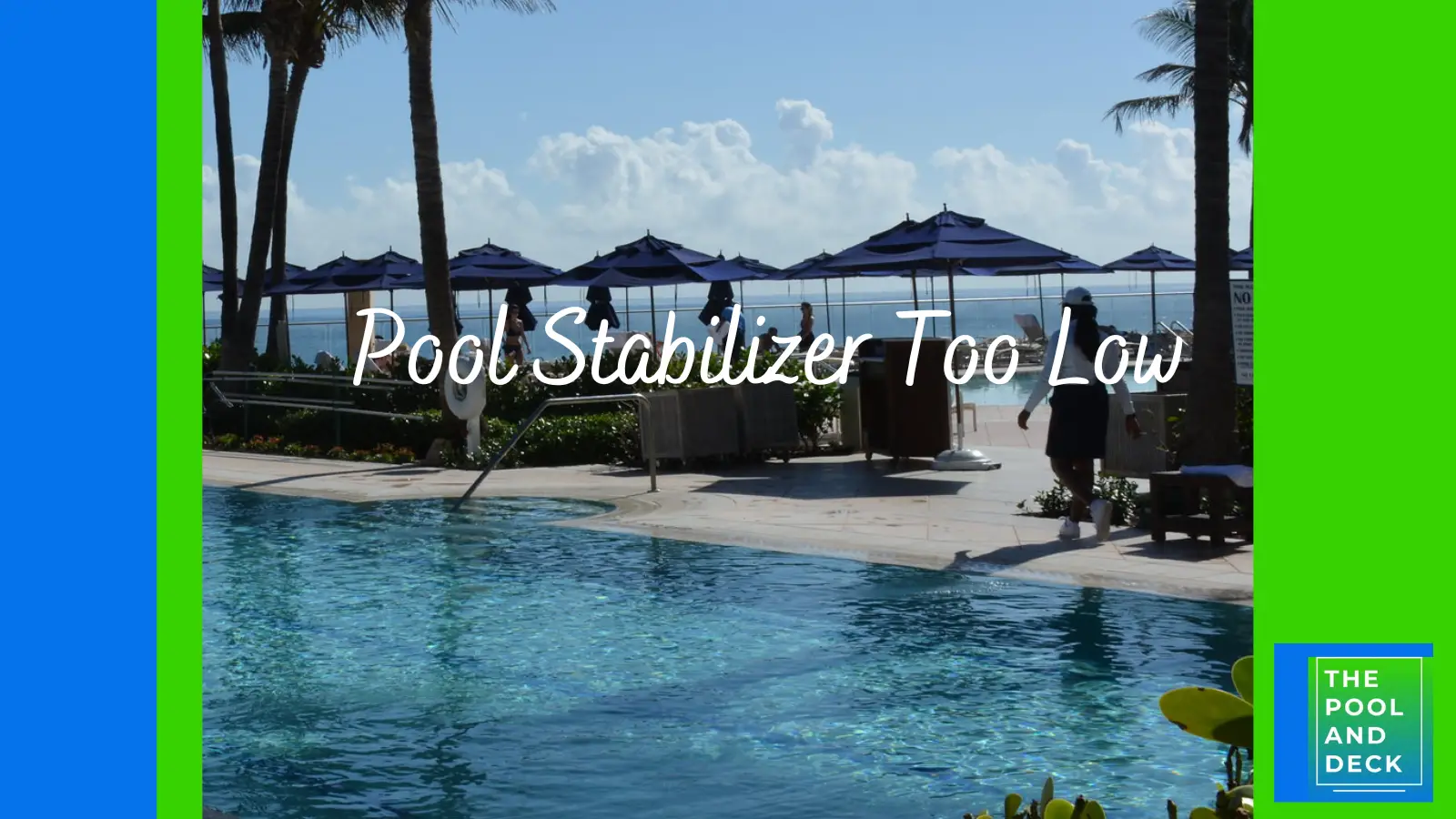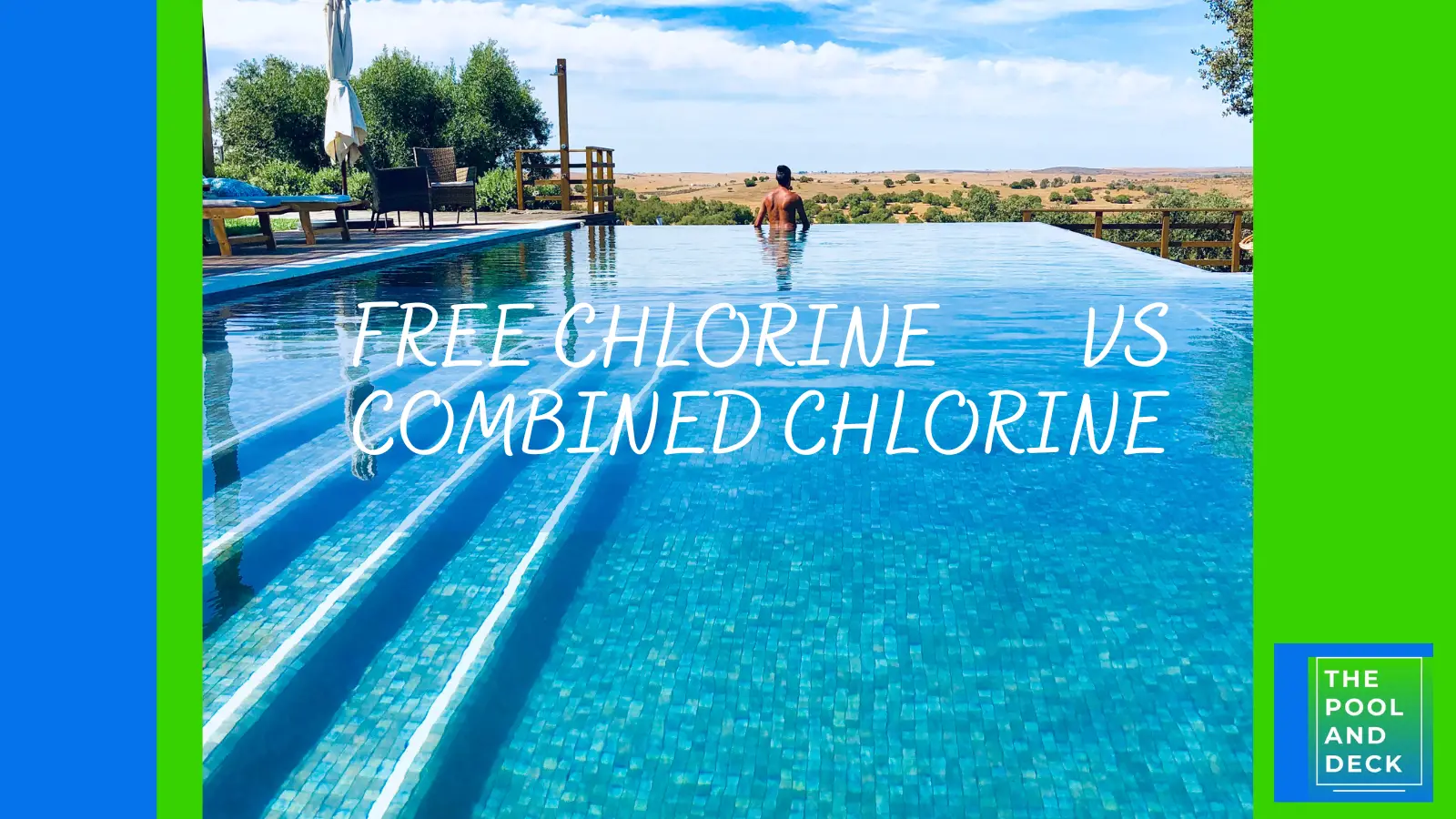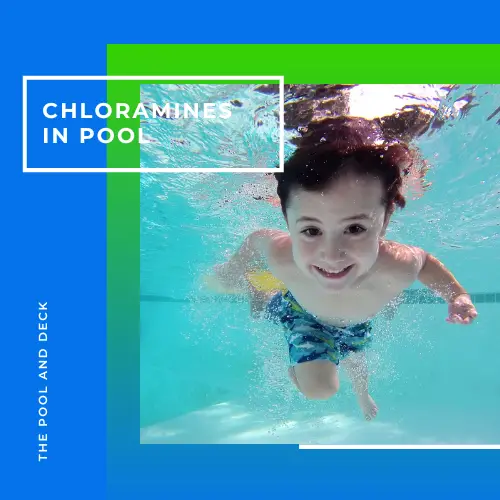2024 Pool Shock Calculator: Free & Easy to Use!
thepoolanddeck.com is a participant in the Amazon Services LLC Associates Program, an affiliate advertising program designed to provide a means for sites to earn advertising fees by advertising and linking to Amazon.com . The website is also an affiliate of a few other brands. The affiliate links never increase your purchase price. We do appreciate your support. Thank you very much!
Table of Contents
Pool Shock Calculator: Preface
This pool shock calculator, actually has 2 calculators for ease of use.
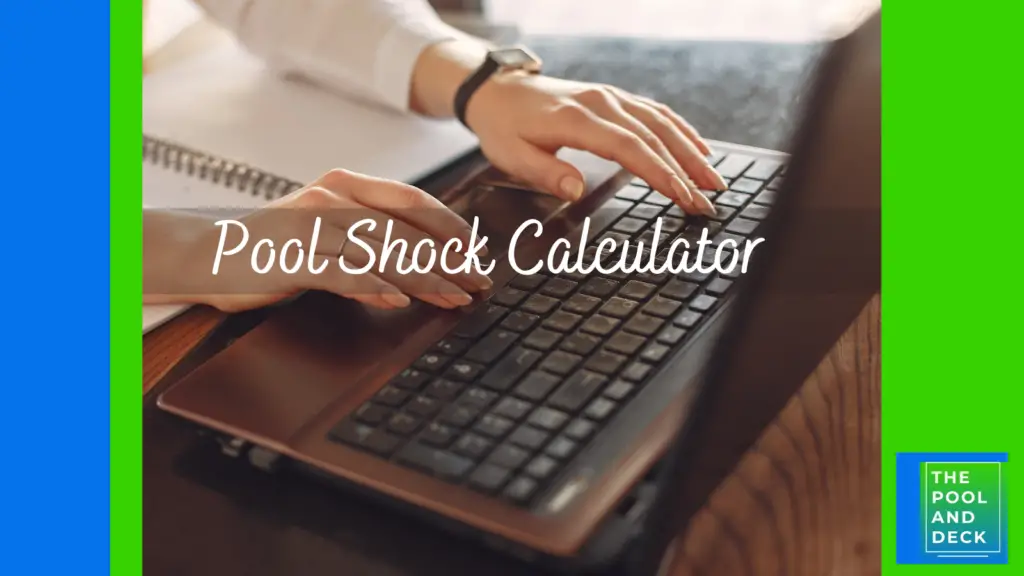
The first one will give you the Powder Shock Dose in ounces if you are using a powder shock such as Cal-Hypo powder or granules.
The second one will give you the Liquid Chlorine Shock Dose in Gallons if you are using liquid chlorine or household bleach to shock your pool.
In both cases you need to input the following:
- Existing Free Chlorine (FC) in ppm
- Target Free Chlorine (FC) in ppm. For effective super-chlorination keep this between 10-20 ppm.
- Pool Volume (in Gallons)
- Available Chlorine Percentage (ACP)
NOTE: The ACP of Cyanuric Acid Free Powder Shock typically varies from 48% to 73%, depending on the brand and product. The ACP of Household Bleach is usually 6% and the ACP of Liquid Chlorine is usually 12.5%. Please check the product label or data sheet.
Clicking the “Calculate” button will give you the result in ounces for powders and gallons for liquids.
Pool Shock Calculator: For Powders or Granules
Pool Shock Dose Calculator
Pool Shock Calculator: For Liquids
Liquid Chlorine Shock Dose Calculator
Do you need access to all my Pool Chemical Calculators? Just click the button below:
Powder Shock vs Liquid Shock: Similarities & Differences
Powder Shock
Powder shock, as the name suggests, comes in a powder or granular state and can be sprinkled directly on to the pool water surface. Running the pool pump ensures that the powder shock quickly dissolves and dispersed through out the pool.
The most common type of powder shock is calcium hypochlorite.
Cyanuric Acid Free Shock (Cal Hypo) – Powder
HTH 52037 Pool Care Shock Advanced
A fast-dissolving, convenient 4-in-1 Cal Hypo formula that kills bacteria & algae, reduces chlorine odor & irritation, and quickly restores crystal clarity.
Liquid Shock
Liquid shock, typified by sodium hypochlorite (liquid chlorine), offers simplicity in application and can be directly added to pool water.
Cyanuric Acid Free Shock (Liquid Chlorine) – Liquid
Commercial Grade pool shock. Liquid Chlorine / Chlorinator (12.5% Sodium Hypochlorite). Easy-to-use, fast, and effective. Shock and sanitize your pool by pouring this liquid shock directly into your swimming pool.
However, its lower active chlorine content makes it somewhat unsuitable for shock treatment. The quantity requirement, for a significant spike in Free Chlorine (FC), is just too high.
Shock must used weekly as a regular pool maintenance practice. Shock is also recommended in case of excessive contaminant situations, such as unexpected swimmer load, after rain or sand storms, algae bloom, etc.
Pros of powder shock include higher active chlorine percentage, affordability, and ease of purchase, while cons include potential pH, alkalinity, and calcium hardness alterations.
Liquid shock’s pros include direct pool application and residue-free results but cons include higher consumption & cost, shorter shelf life, and potential storage & handling risks.
Interested in more information on pool chlorine? Check out my article on Complete Guide To Pool Chlorine Types.
Thank you very much for reading the post. I do hope you found it informative and helpful.



